Flexible Solar Panels
Recycled Goods stocks new flexible solar panels from several leading manufacturers. Originally designed for grid-tied solar installations on metal and flat roll type residential commercial roofing systems, flexible solar panels are perfect for a variety of applications, including RVs, boats, and emergency solar generators.
Flexibility for every need
Technical Innovations
The flexible solar panels from Recycled Goods utilize solar cells made with either amorphous silicon (essentially a super-thin layer of silicon) or CIGS (an ultra-thin layer of copper indium gallium selenide), enabling panels to be more flexible and lighter weight. These flexible panels can also withstand higher temperatures than fragile rigid crystalline panels and perform better in low light conditions due to the fact that they absorb a wider spectrum of light.
Each flexible solar panel is encapsulated with a special formula of EVA and ETFE which was used to provide resistance to daily sun, weather, and wind for 20-plus years.
The flexible solar panels from Recycled Goods are tested for power output prior to shipping and should provide at least 95% of rated capacity, as they are very robust flexible solar panels.
Some flexible solar panels feature an adhesive back. Designed for high heat and harsh weather, this hurricane-strength adhesive provides a near-permanent bond to most flat roofing surfaces.
Why choose flexible solar panels?
Flexible solar panels are the best choice for many types of solar projects and situations where rigid bulky glass panels just won’t work effectively.
When comparing solar panels, take note of three components:
- Solar cells - the energy-producing component
- Encapsulate - material that protects the cells
- Installation
Of course there are plenty of other considerations when choosing a solar power system. Since every solar power project is different, please feel free to contact us if you'd like to discuss your situation.

Solar cells
The workhorse of any solar panel is the solar cell. When light hits a solar cell, electrons are set in motion and electricity starts flowing. If you want to impress your friends, call it the “photovoltaic” effect. All solar panels work this way. In the 40 years or so since consumer solar power has been a thing, there have been considerable innovations in power output, manufacturing techniques, and other features (like flexibility).
Standard crystalline solar panels are made of silicon wafers that are about as thick as a human hair. These wafers are used in the rigid, glass-covered panels that most people see on neighborhood rooftop solar installations.
Flexible or thin-film solar panels use material about 300 times thinner than their rigid counterparts. This ultra-fine profile allows for flexibility and is incredibly lightweight. We stock two kinds of thin-film solar panels:
Amorphous Silicon
Like crystalline panels, amorphous panels are made using silicon. However, instead of using relatively thick solid silicon wafers, amorphous panels are constructed by depositing an ultra-thin layer of silicon onto a thin flexible substrate, like stainless steel. They are made using a fraction of the silicon required for crystalline panels.
CIGS
Solar panels made with CIGS solar cells don’t use silicon at all. They use a compound called copper indium gallium selenide. Like their amorphous cousins, to make a flexible CIGS solar panel, a thin film of the material is deposited on a flexible substrate, like stainless steel.
Comparing power output
Generally, the power output from rigid crystalline panels is greater than what you’ll get from a flexible panel. However, with solar panel output in high-heat or low-light situations, this performance gap shrinks, as flexible panels better tolerate these common non-optimal environmental conditions.
Since flexible panels produce less energy than crystalline panels, it goes that you’ll need more flexible panels to produce the same amount of electricity. If roof space is limited, this may be a deal breaker for flexible panels, since there may not be enough room available to produce the amount of electricity needed.
Bottom line...
Goes without saying that you should choose rigid crystalline panels if your structure will support the weight and you have the cool blue sky environmental conditions they require. They simply produce more power per square foot. However, sometimes your roof surface or environmental conditions are more conducive to flexible panels, since thin-film panels are able to flex with curved surfaces, are lighter on roof structures where heavy weight is counterproductive or structurally prohibited, and have superior performance in high heat and low light.
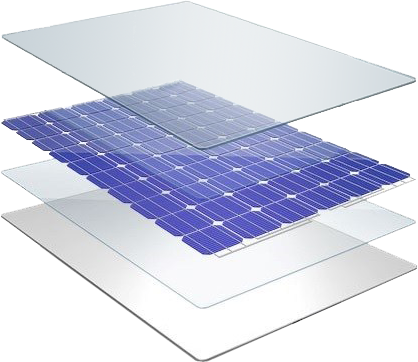
Encapsulate
Solar panels operate in hot, harsh conditions, so it makes sense that the material used to protect solar cells is an important factor in how long a panel will work at maximum capacity.
ETFE is the current industry leader in durability and sustainability as an outermost protective layer. ETFE is a highly stable polymer that promises high UV permeability, suitability for cold/heat extremes, and intelligent features, such as self-cleaning, recyclability, and green manufacturing.
Bottom line...
While it’s more expensive to manufacture panels with ETFE, promoters of the polymer promise a 20-year-plus lifespan vs 5 years for PET or other materials. We recommend flexible panels with ETFE encapsulate, due to its durability, long life, and sustainable qualities.
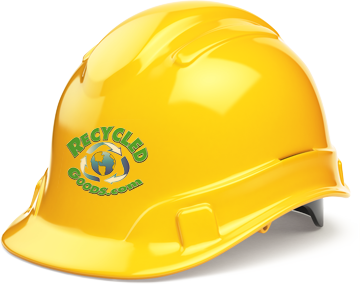
Installation
Flexible panels are portable, lighter, and easier to handle than rigid panels. As a result, it’s generally understood that installation of flexible thin-film solar panels requires less labor and is thus less expensive than rigid panels.
Flexible panels can be installed on curved surfaces, non-conventional architecture, or in situations where a low profile is critical, such as installing solar panels on an RV, bus, or other movable surface.
Some flexible panels feature a peel-and-stick adhesive back which can be easily installed on most roofing types without the need for drilling or bulky roof mounting systems. This adhesive is designed to withstand high heat and adverse weather conditions.
Bottom line...
Sometimes, the type of roofing surface you have dictates what you can do with your solar panel installation. Flexible panels are a good alternative when you need a low-profile solution, are reluctant or restricted from drilling holes in a roof, or are installing solar panels on a non-standard roof such as a carport or curved architectural surface. Portability is also a great benefit of flexible panels as they can be quickly deployed and redeployed at another location. Flexible solar panels may be attached to roof surfaces with hurricane-strength adhesives, which presents a great advantage over leak-prone penetrations. Be advised, these adhesives are strong and should be thought of as a permanent installation.
Here's the deal...
You’re not going to beat the power output of crystalline panels. That being said, flexible panels are best for situations with:
- Curved and unconventional roof systems
- Limited weight allowances
- Prohibition or reluctance to drill holes in roofs
- Shady areas
- Hot and inhospitable weather
- Portable or temporary solutions
High quality flexible solar panels are durable, glass-free and will provide solid performance in punishing conditions for many years.
Did you know?
The average solar panel array gets only 4 hours of sun per day. Yes, there are more hours of daylight in a day and that amount varies depending on where you are geographically, but saying “4 full sun hours per day” is a good way to combine peak times with fringe times to give you an easy number to use when figuring out how many solar panels you’ll need.

How are panel wattage numbers determined?
Solar panels are tested under ideal conditions, usually with a specialized solar panel testing light system, to determine how much electricity they produce in one hour of clear sky at noon on the equator. So it’s guaranteed you won’t see 100% of a panel’s promised output every hour of every day.
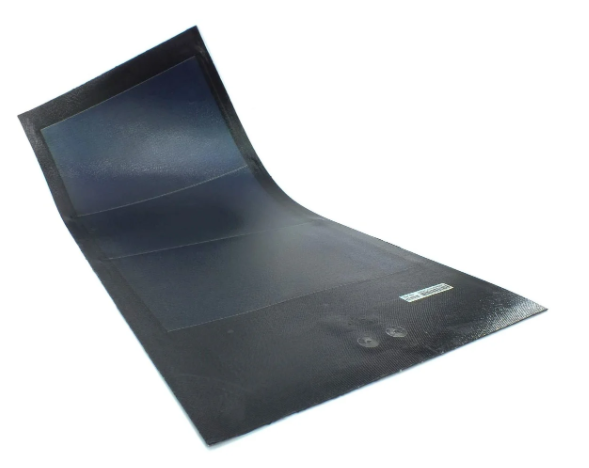
Uni-Solar Flexible Solar Panels
| Item | Brand | Watts | Weight | Length | Width | # of Cells |
| PVL-24 | Uni-Solar | 24 | 2.7 lbs | 36.5 | 15.5 | 3 |
| PVL-64 | Uni-Solar | 64 | 8.3 lbs | 112 | 15.5 | - |
| PVL-116T 1 | Uni-Solar | 116 | 15 lbs | 198 | 15.5 | - |
| PVL-116T 30 | Uni-Solar | 116 | 15 lbs | 198 | 15.5 | - |
| PVL-128T | Uni-Solar | 128 | 16 lbs | 216 | 15.5 | 20 |
| PVL-128T | Uni-Solar | 128 | 16 lbs | 216 | 15.5 | 20 |
| PVL-128B 1 | Uni-Solar | 128 | 16 lbs | 216 | 15.5 | 20 |
| PVL-128B 30 | Uni-Solar | 128 | 16 lbs | 216 | 15.5 | 20 |
| PVL-128 SP | Uni-Solar | 128 | 16 lbs | 216 | 15.5 | 20 |
| PVL-136 1 | Uni-Solar | 136 | 16 lbs | 216 | 15.5 | 22 |
| PVL-136 30 | Uni-Solar | 136 | 16 lbs | 216 | 15.5 | 22 |
| ePVL-144T 1 | Uni-Solar | 144 | 16.2 lbs | 213.1 | 14.5 | 22 |
| ePVL-144T 30 | Uni-Solar | 144 | 16.2 lbs | 213.1 | 14.5 | 22 |
| PVL-144 1 | Uni-Solar | 144 | 17 lbs | 216 | 15.5 | - |
| PVL-144 30 | Uni-Solar | 144 | 17 lbs | 216 | 15.5 | - |
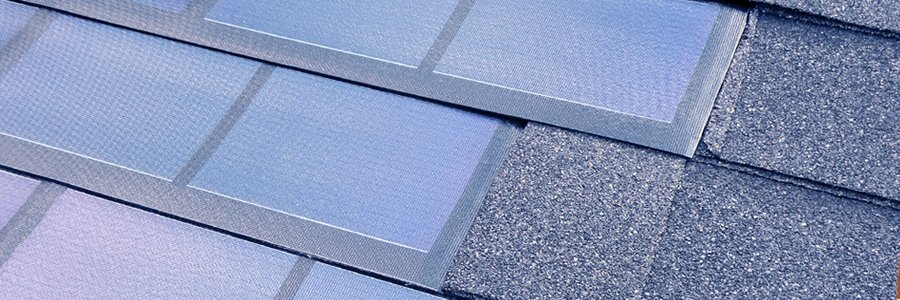
Uni-Solar Solar Shingles
| Item | Brand | Watts | Weight | Length | Width |
| SHR-17 1 | Uni-Solar | 17 | - | 86.4 | 12 |
| SHR-17 15 | Uni-Solar | 17 | - | 86.4 | 12 |

Xunlight Flexible Solar Panels
| Item | Brand | Watts | Weight | Length | Width |
| XZS8-16 | Xunlight | 16 | 1.8 | 37 | 15 |
| XLS11-45 | Xunlight | 45 | 3.5 | 56.5 | 19 |
| XSS11-45 | Xunlight | 45 | 3.5 | 56.5 | 19 |
| XLS8-52 | Xunlight | 52 | 4 | 79 | 15.5 |
| XNS10-55 | Xunlight | 55 | 6 | 116 | 15.5 |
| XRS8-64 | Xunlight | 64 | 5 | 91 | 17.75 |
| XRS8-66 | Xunlight | 66 | 5 | 91 | 17.75 |
| XUS10-71 | Xunlight | 71 | 6 | 116 | 15.5 |
| XLS11-72 | Xunlight | 72 | 5.2 | 108 | 16 |
| XLS12-78 | Xunlight | 78 | 6 | 120 | 16.25 |
| XRS10-83 | Xunlight | 83 | 8 | 118 | 19 |
| XRD12-100 | Xunlight | 100 | 9 | 70 | 35 |
| XLS12-100 | Xunlight | 100 | 9 | 70 | 35 |
| XSD38-123 | Xunlight | 123 | - | - | - |
| XUS19-134 | Xunlight | 134 | 15.5 | 216 | 15.5 |
| XLD22-144 | Xunlight | 144 | 12 | 212.3 | 15 |
| XRS18-150 | Xunlight | 150 | 13 | 204.75 | 18 |
| XRS19-158 | Xunlight | 158 | 14 | 215.75 | 18 |
| XRD36-264 | Xunlight | 264 | 26 | 203 | 35 |
| XRD36-291 | Xunlight | 291 | 26 | 203 | 35 |
| XRD36-300 | Xunlight | 300 | 26 | 203 | 35 |
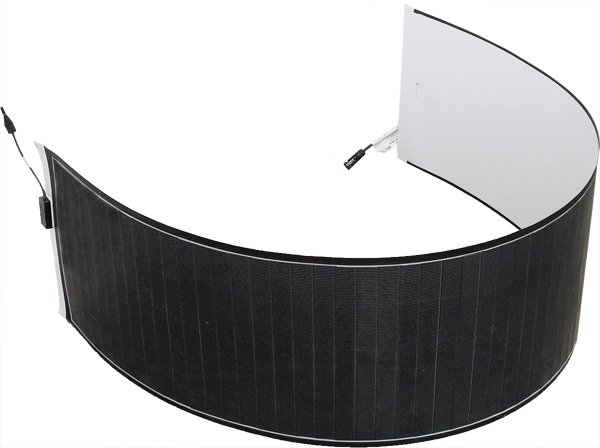
Solopower Flexible Solar Panels
| Item | Brand | Watts | Weight | Length | Width |
| Solopanel | SoloPower | 20 | 3.8 | 62.5 | 11.5 |
| SFX1-i3 | SoloPower | 105 | 8.5 | 64 | 34.75 |
| Solopanel | SoloPower | 180 | 12.75 | 86.75 | 45 |
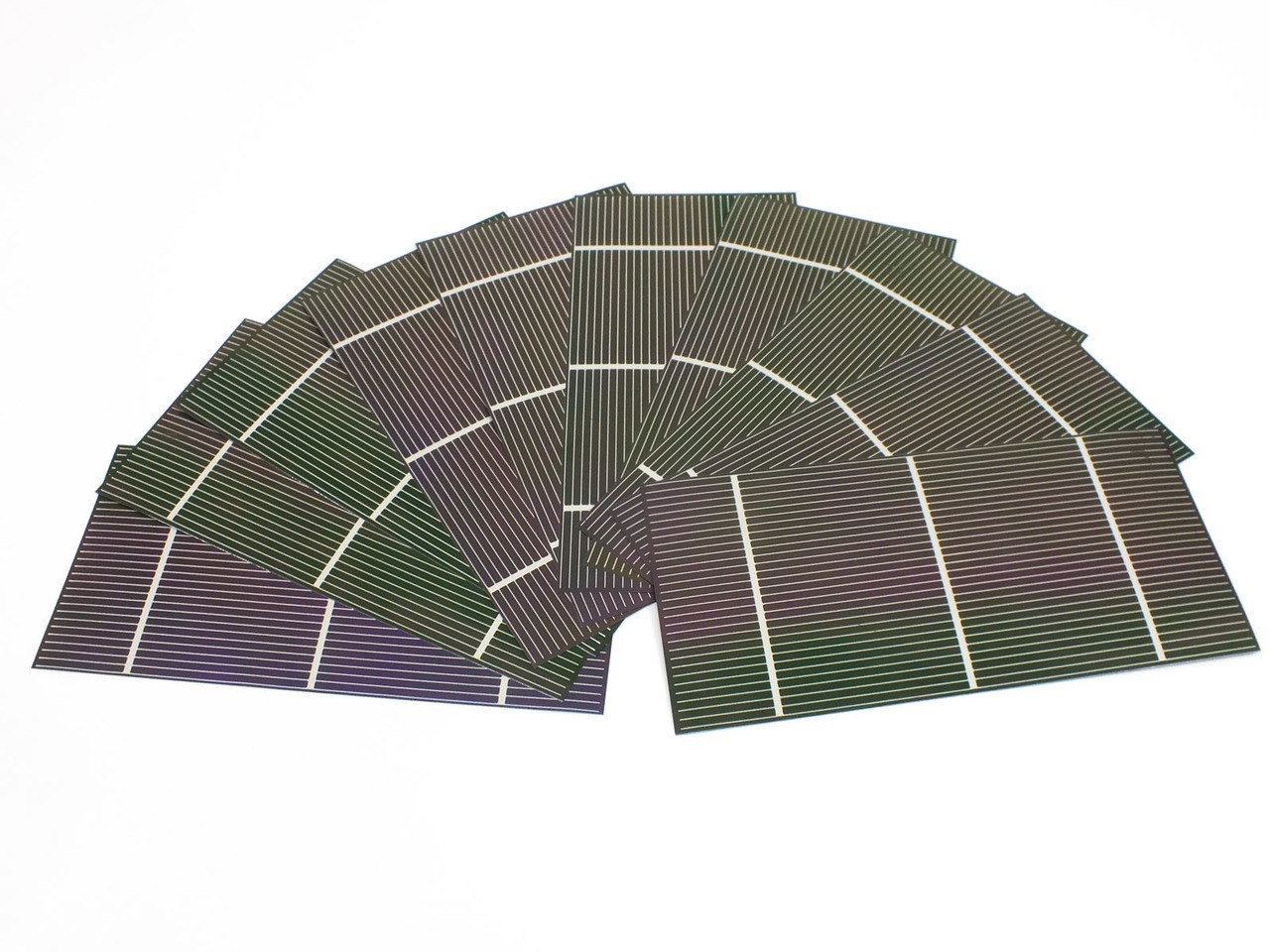
Solopower DIY Flexible Solar Cells
| Item | Brand | Watts | Weight | Length | Width |
| CIGS Cell 10 | SoloPower | 1.25 | .32 oz ea | 14.5 | 1.5 |
| CIGS Cell 100 | SoloPower | 1.25 | .32 oz ea | 14.5 | 1.5 |
| SP3 Cell 1 | SoloPower | 1.25 | .2 oz ea | 5 | 3.75 |
| SP3 Cell 10 | SoloPower | 1.25 | .2 oz ea | 5 | 3.75 |
| SP3 Cell 100 | SoloPower | 1.25 | .2 oz ea | 5 | 3.75 |
| CIGS Cell 1 | SoloPower | 1.25 | .3 oz ea | 7.5 | 3.75 |
| CIGS Cell 10 | SoloPower | 1.25 | .3 oz ea | 7.5 | 3.75 |
| CIGS Cell 100 | SoloPower | 1.25 | .3 oz ea | 7.5 | 3.75 |
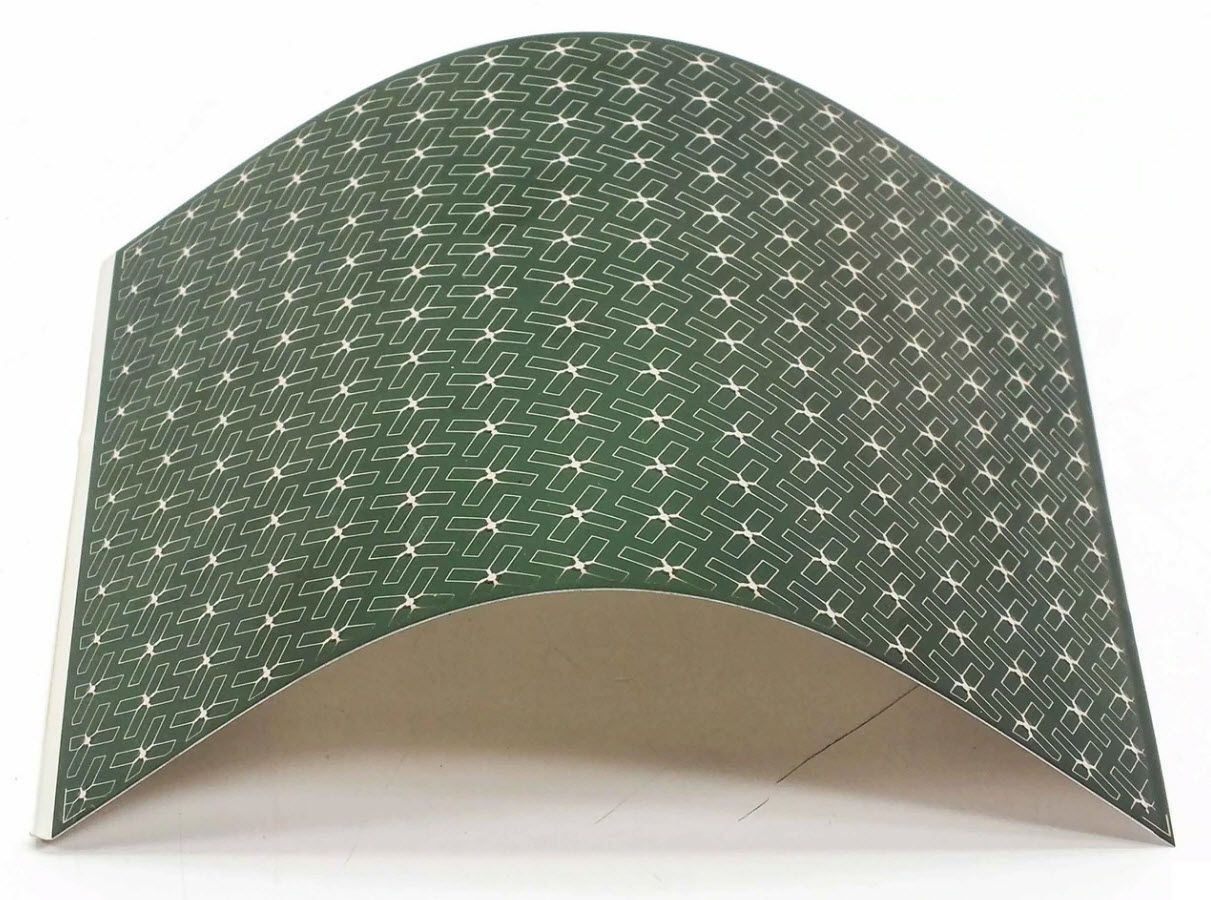
Nanosolar DIY Flexible Solar Cells
| Item | Brand | Watts | Weight | Length | Width |
| Nanocell 2.6W 1 | Nanosolar | 2.6 | 18.5g | 6.5 | 5.3 |
| Nanocell 2.6W 10 | Nanosolar | 2.6 | 18.5g ea | 6.5 | 5.3 |
| Nanocell 2.6W 1000 | Nanosolar | 2.6 | 18.5g ea | 6.5 | 5.3 |
| Nanocell 2.6W 6000 | Nanosolar | 2.6 | 18.5g ea | 6.5 | 5.3 |
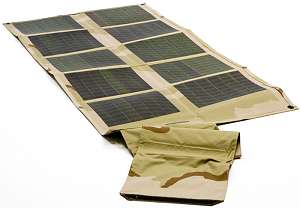
Global Solar P3 Portable Power Packs
| Item | Brand | Watts | Weight | Length | Width |
| P3 Black 12V | Global Solar | 42 | 3.1 | 52.5 | 33 |
| P3 Black 24V | Global Solar | 42 | 3.1 | 52.5 | 30 |
| P3 Desert 12V | Global Solar | 42 | 3.1 | 52.5 | 35 |
| P3 Desert 24V | Global Solar | 42 | 3.1 | 52.5 | 32 |
| P3 Woodland 12V | Global Solar | 42 | 3.1 | 52.5 | 34 |
| P3 Woodland 24V | Global Solar | 42 | 3.1 | 52.5 | 31 |
We're here to help
If you have questions about flexible solar panels, solar cells for DIY, or portable solar panels, please visit our contact page or call (805) 648-3300.
